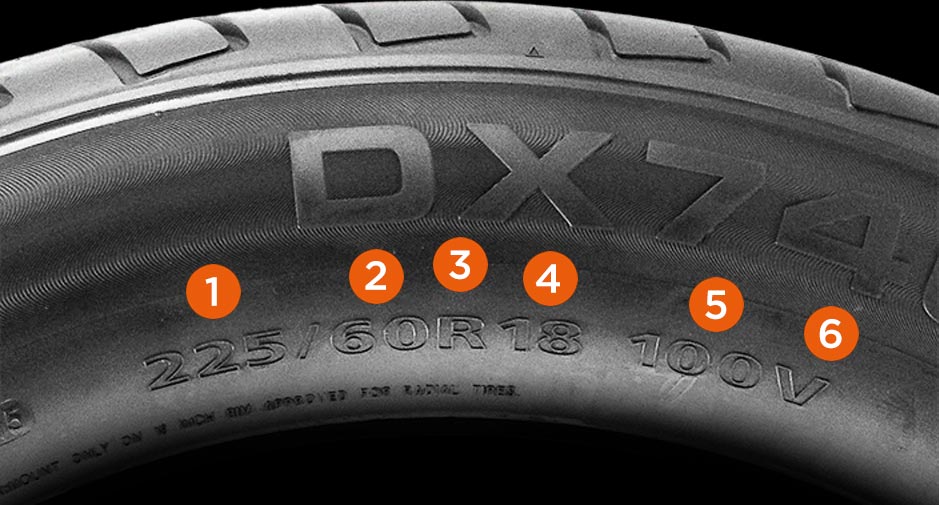
How do winter tyres work
Tuesday 26th November 2024The importance of having the correct tyre type cannot be overstated. Your tyres are the first point of contact between you and the road, and their ability to maintain traction can make all the difference in preventing accidents.
When the temperature falls below 7°C, it is highly recommended to switch to winter tyres. This applies even in countries with a relatively mild climate as winter tyres offer significant advantages over summer tyres during the colder months.
By using winter tyres, you eliminate the safety compromise that comes with using summer tyres, which will harden in cold temperatures and lose their ability to maintain traction on the road surface. For those with little to no experience with winter tyres and how they work, read on for our complete guide to winter tyres.
The construction of winter tyres

The first significant difference between winter and summer tyres is the compound, which refers to the materials used in the tyre’s creation. These changes can impact all sorts of things, such as flexibility, its ability to grip in certain conditions and its overall feel when driving.
So when it comes to winter tyres, the main focus is to retain flexibility when temperatures dip below 7°C, which is where most summer tyres will begin to harden, losing their ability to keep traction on the road. This is achieved by adding silica to the compound, which makes the tyre much stickier to even the most seemingly flat surfaces, such as ice.
Along with the flexible compound, winter tyres also feature large tread blocks separated by deep grooves that grab hold of the snow, compacting it down into the tread blocks and improving traction. When snow compacts within the tread pattern, it works as a kind of glue to the snow on the ground, reducing slippage. Also, winter tyres feature distinctive jagged grooves, which help disperse water out of the tyre to prevent any unexpected aquaplaning.
Tested to the extremes

Testing plays a crucial role in determining whether a tyre qualifies as a winter tyre in the EU and UK markets. To be certified as a winter tyre, the tyre must receive the 3PMSF (Three Peak Mountain Snowflake) certification, which involves rigorous testing to ensure that the tyre meets the required standards of control, safety, and overall performance in temperatures below 7°C. The presence of the 3PMSF symbol on the tyre indicates that it has successfully passed this test, which can be found on the side of your tyre, traditionally next to the M+S marker. Check out our full 3PMSF product page here, or learn more about the 3PMSF certification on our blog: what does 3PMSF and M+S mean on my tyres?
What are the alternatives to winter tyres?
All-season tyres are becoming more popular, particularly in countries with temperate climates such as the UK. These tyres offer a balanced solution that combines many of the advantages provided by both summer and winter tyres. Although seasonal tyres perform better individually, all-season tyres are a great choice for those who value convenience and do not wish to go through the hassle of changing tyres several times a year.
Does Davanti have winter tyres?

Davanti has a growing lineup of 3PMSF-certified winter tyres to fit all your needs, all of which have been tested in demanding Arctic conditions to ensure their ability to perform. Wintoura, Wintoura+, Wintoura SUV and Wintoura Van have all been individually designed to provide optimal performance and safety throughout winter.
For more information about our tyre range, check out our product page and our blog, or ask your nearest Davanti dealer.

Wintoura
Optimised safety and stability in all winter conditions for compact vehicles

Wintoura SUV
Stability & control when you need it most

Wintoura Van
A fine balance of durability and exceptional winter grip, Wintoura Van delivers performance when it is needed
most

Wintoura+
When temperatures drop, performance won’t



